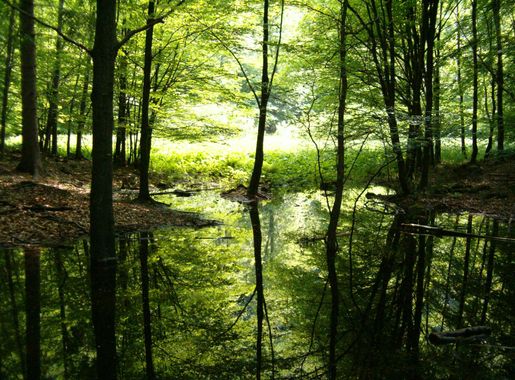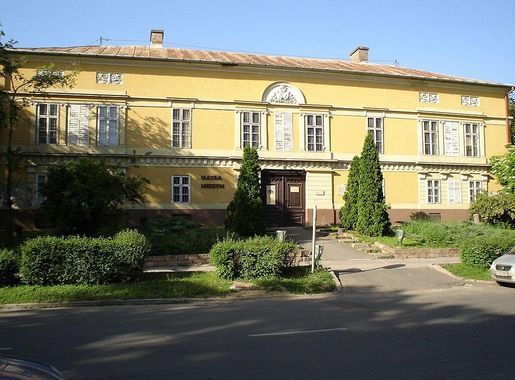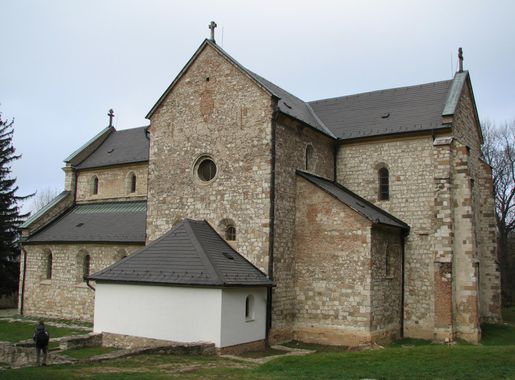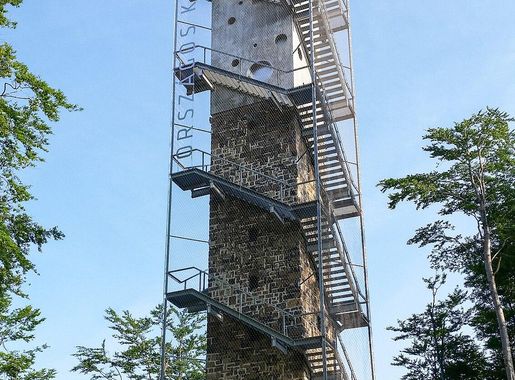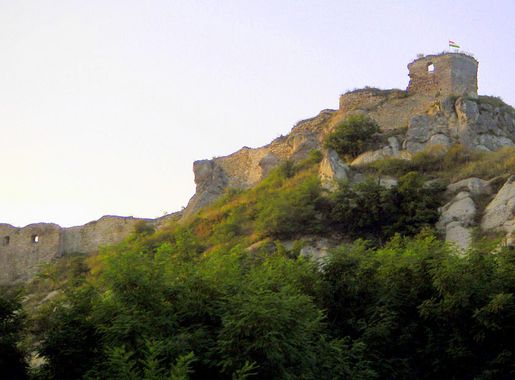
Majestic Matra Mountains: The Heart of Hungary's Natural Beauty
Discover Hungary's Matra Mountains: A blend of natural beauty, outdoor adventure, and rich cultural heritage, perfect for hikers, nature lovers, and history buffs.
Nestled in northern Hungary, the Matra Mountains offer a captivating escape into nature's embrace. Known for their lush forests, serene lakes, and sweeping vistas, the Matras are a haven for outdoor enthusiasts. The mountains boast Hungary's highest peak, Kékestető, standing proudly at 1,014 meters. This peak offers breathtaking views and is a popular spot for hiking and skiing. The Matra Mountains are rich in biodiversity, home to a variety of flora and fauna that make each trek a journey of discovery. The forests are a mix of oak, beech, and conifer trees, providing a vibrant canopy that changes with the seasons. In spring and summer, the area bursts into a riot of colors with blooming wildflowers, while autumn transforms the landscape into a tapestry of reds, oranges, and yellows. Aside from natural beauty, the region is steeped in history and culture. The quaint villages scattered throughout the Matras, such as Mátrafüred and Mátraháza, offer a glimpse into traditional Hungarian life. Visitors can explore historic castles, taste local wines in cozy cellars, and enjoy authentic Hungarian cuisine in charming eateries. The Matra Mountains are not just a feast for the eyes, but also a cultural and historical treasure trove waiting to be explored.
Local tips in Matra Mountains
- Visit in autumn for stunning foliage and fewer crowds.
- Bring layers; weather can change quickly in the mountains.
- Hike to Kékestető early in the morning to enjoy the sunrise.
- Try local wines, especially in the village of Gyöngyös.
- Explore the historic castles, such as the Sirok Castle ruins.
- Don't miss the Palóc cultural heritage in the village of Hollókő nearby.
Majestic Matra Mountains: The Heart of Hungary's Natural Beauty
Nestled in northern Hungary, the Matra Mountains offer a captivating escape into nature's embrace. Known for their lush forests, serene lakes, and sweeping vistas, the Matras are a haven for outdoor enthusiasts. The mountains boast Hungary's highest peak, Kékestető, standing proudly at 1,014 meters. This peak offers breathtaking views and is a popular spot for hiking and skiing. The Matra Mountains are rich in biodiversity, home to a variety of flora and fauna that make each trek a journey of discovery. The forests are a mix of oak, beech, and conifer trees, providing a vibrant canopy that changes with the seasons. In spring and summer, the area bursts into a riot of colors with blooming wildflowers, while autumn transforms the landscape into a tapestry of reds, oranges, and yellows. Aside from natural beauty, the region is steeped in history and culture. The quaint villages scattered throughout the Matras, such as Mátrafüred and Mátraháza, offer a glimpse into traditional Hungarian life. Visitors can explore historic castles, taste local wines in cozy cellars, and enjoy authentic Hungarian cuisine in charming eateries. The Matra Mountains are not just a feast for the eyes, but also a cultural and historical treasure trove waiting to be explored.
When is the best time to go to Matra Mountains?
Iconic landmarks you can’t miss
Oxygen Adrenalin Park
Experience exhilarating rides and breathtaking views at Oxygen Adrenalin Park, the ultimate adventure destination in Hungary's Gyöngyös-Sástó.
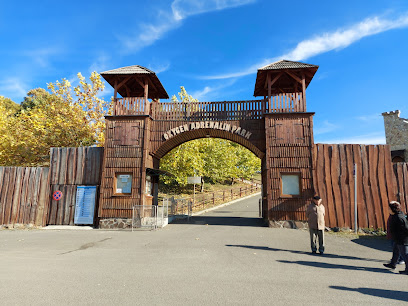
Mátrai Landscape Protection Area
Explore the breathtaking beauty of Mátrai Landscape Protection Area, a national park in Hungary famed for its diverse wildlife and rich cultural heritage.
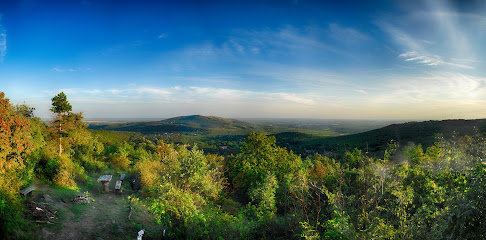
Museum Matra
Discover the captivating cultural heritage of Hungary at Museum Matra in Gyöngyös, where history comes alive through engaging exhibits and local artifacts.
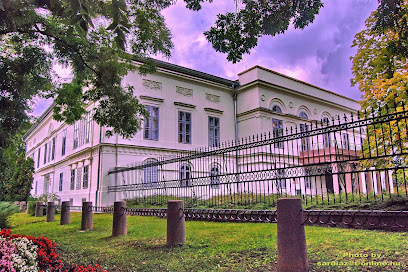
Ilona Valley Waterfall
Experience the breathtaking beauty of Ilona Valley Waterfall, a stunning natural gem in Paráds, Hungary, perfect for nature lovers and adventurers alike.
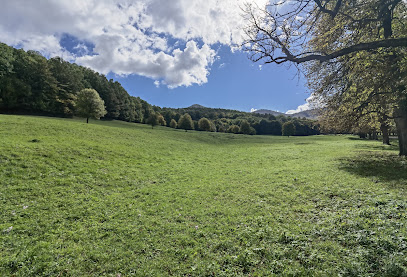
Ásványok Háza Magángyűjtemény
Explore the stunning collection of minerals at Ásványok Háza Mineral Museum in Gyöngyösoroszi, a captivating tourist attraction perfect for all ages.
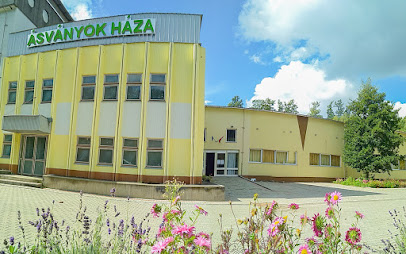
Muzsla Kilátó
Discover the breathtaking views of Gyöngyös and the Great Plains at Muzsla Kilátó, a scenic spot perfect for nature lovers and photographers.
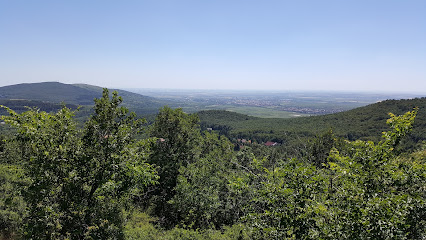
Rákóczi-forrás
Explore Rákóczi-forrás Nature Preserve in Gyöngyös, Hungary, where tranquil landscapes and refreshing springs await nature enthusiasts.

Mátra
Experience the breathtaking landscapes and rich biodiversity of the Mátra Mountains, Hungary's highest peaks perfect for hiking and exploration.
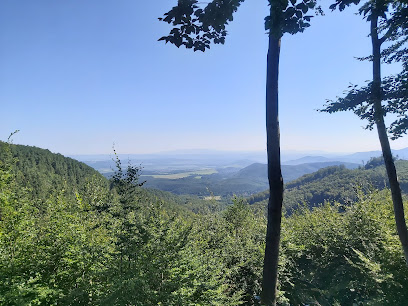
Magyarország legmagasabb pontja
Explore Kékestető, Hungary's highest peak, where breathtaking views and outdoor adventures await in the heart of the Bükk Mountains.

Ördög-forrás
Discover the breathtaking beauty of Ördög-forrás in Gyöngyös, a perfect hiking area for nature lovers and adventure seekers in Hungary.
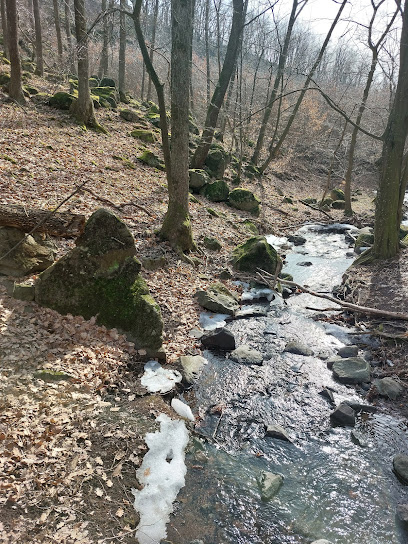
Máriácska
Discover the tranquil beauty of Máriácska, a serene shrine in Gyöngyös, perfect for spiritual reflection and nature appreciation.
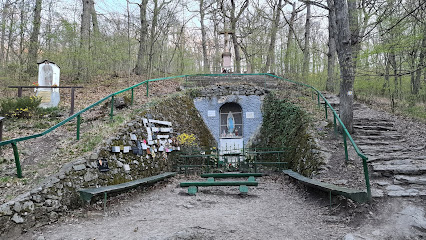
North Hungarian Mountains
Explore the breathtaking North Hungarian Mountains, a perfect haven for adventure seekers and nature lovers amidst Hungary's stunning landscapes.
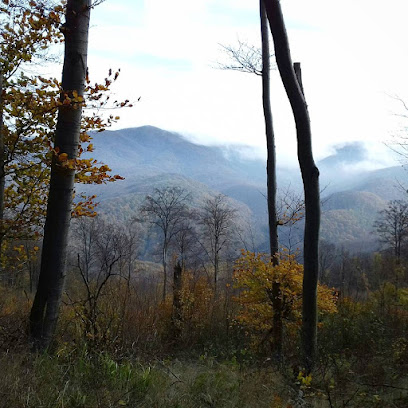
Tour de Matra
Explore scenic cycling trails and vibrant community at Tour de Matra, a must-visit destination for biking enthusiasts in Hungary.
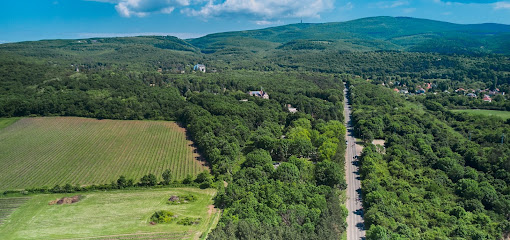
Mátra gyűjtőtúrák
Discover the majesty of Mátra Mountains, Hungary's highest peaks, offering breathtaking views, hiking trails, and serene natural beauty.
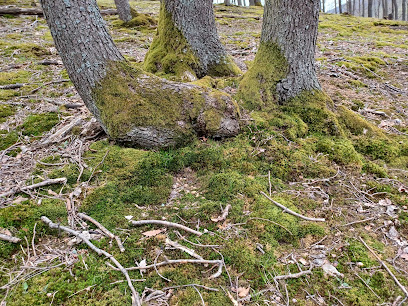
Mátra síugrósánc
Experience the breathtaking beauty and thrilling activities at Mátra sísugrásánc, a hidden gem in Hungary's stunning Mátra mountains.
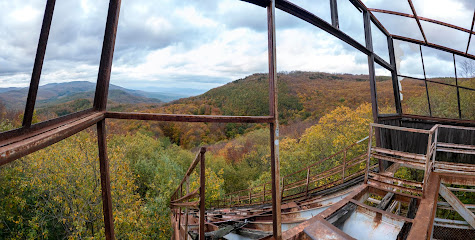
Unmissable attractions to see
Oxygen Adrenalin Park
Discover the excitement of Oxygen Adrenalin Park, Hungary's ultimate destination for thrill-seekers and families nestled in stunning natural beauty.
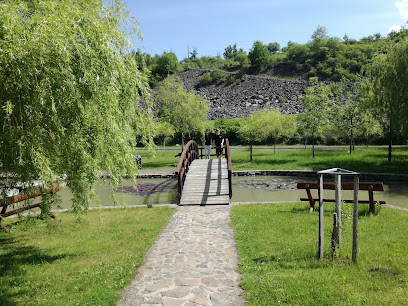
TV and observation tower
Experience breathtaking views from Hungary's highest point at the Kékestető TV and Observation Tower, a must-visit scenic spot for all travelers.
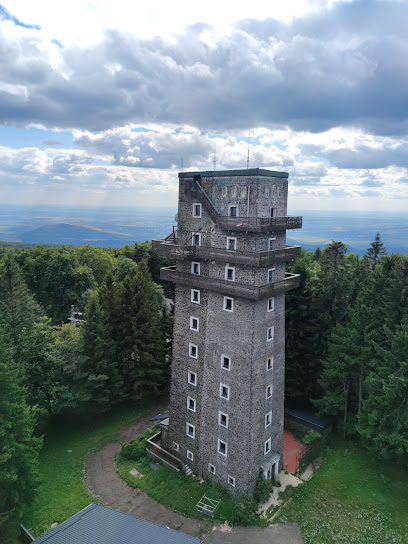
Galya-kilátó
Experience breathtaking views and serene nature at Galya-kilátó, the perfect scenic getaway in Mátraszentimre, Hungary.
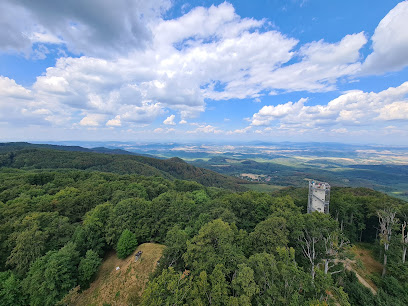
Museum Matra
Discover the rich tapestry of Hungarian culture at Museum Matra, where history and art come alive in an engaging and educational setting.
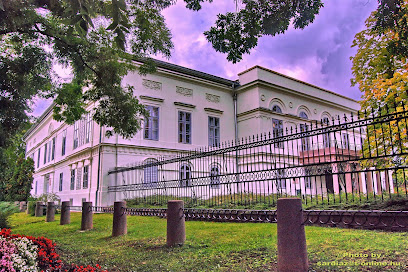
Ilona Valley Waterfall
Experience the enchanting beauty of Ilona Valley Waterfall, a serene natural wonder in Hungary perfect for nature lovers and adventure seekers.
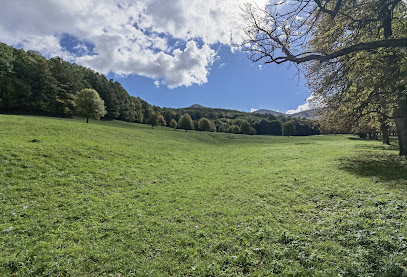
Kozmáry lookout
Discover the stunning panoramic views of the Mátra mountains at Kozmár lookout, a must-see scenic spot in Gyöngyös, Hungary.
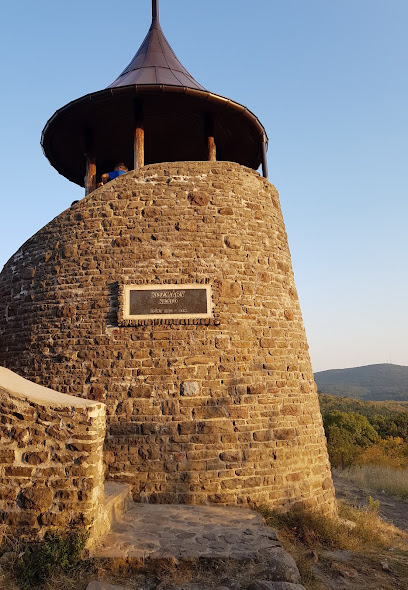
Szent István csevicekút
Explore the serene beauty of Szent István Csevicekút in Parád, the perfect picnic ground for nature lovers and outdoor enthusiasts.
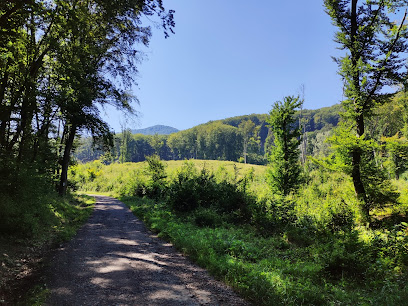
Mátravasút
Experience the breathtaking beauty of Hungary aboard the scenic Mátravasút, a historic railway journey through the stunning Mátra Mountains.
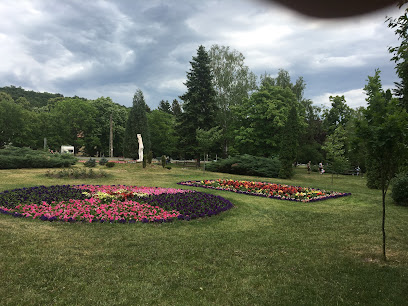
Mátra Ásványház
Explore the unique geological treasures and artisanal crafts at Mátra Ásványház in Mátraszentimre, a true gem in Hungary's natural landscape.
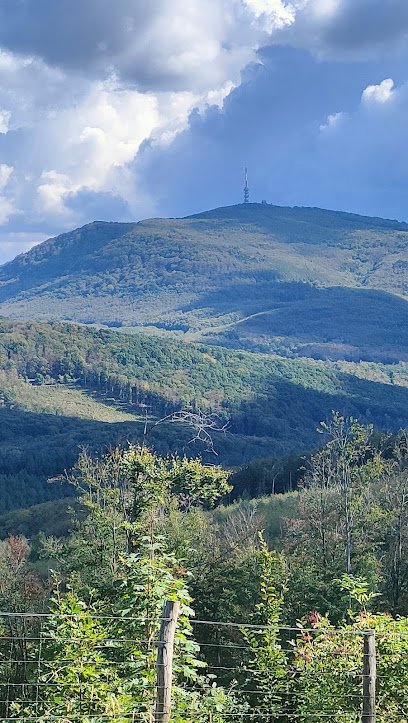
Ásványok Háza Magángyűjtemény
Explore the stunning collection of minerals at Ásványok Háza, a must-see museum showcasing Earth's natural beauty in Gyöngyösioroszi.
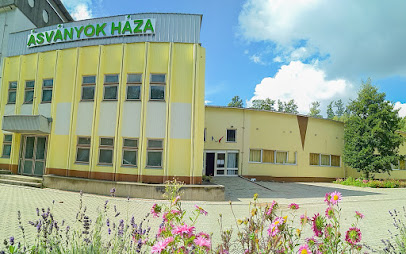
Muzsla Kilátó
Experience breathtaking views and serene nature at Muzsla Kilátó, a must-visit scenic spot in Gyöngyös, Hungary.

Rákóczi-forrás
Explore the serene landscapes and rich biodiversity at Rákóczi-forrás, a hidden nature preserve in Gyöngyös, Hungary.
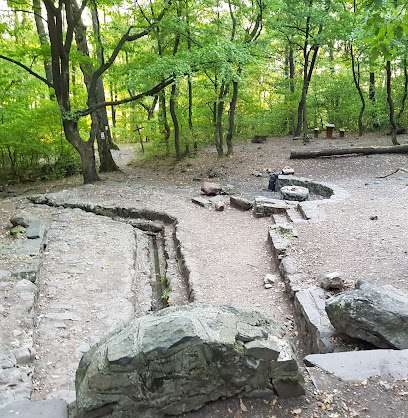
Castle of Markaz
Explore the Castle of Markaz, a stunning historical landmark in Hungary, rich in heritage and breathtaking views, perfect for all travelers.
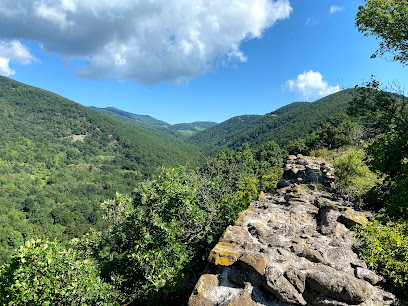
Kilátó
Explore Kilátó in Gyöngyös, Hungary – a breathtaking lookout point offering panoramic views and serene nature experiences.
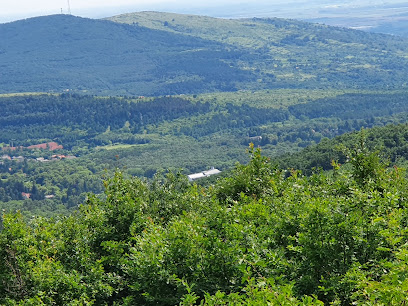
Szakadás-árok
Explore the stunning natural beauty and unique geological formations of Szakadás-árkok, a must-visit attraction in Tar, Hungary.
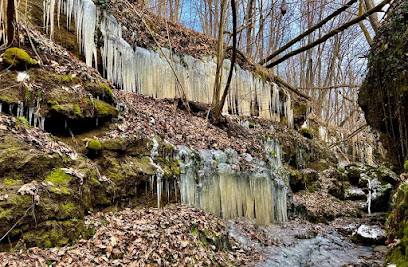
Essential places to dine
Benevár Étterem
Experience authentic Hungarian cuisine at Benevár Étterem in Gyöngyös - where tradition meets flavor amidst beautiful surroundings.
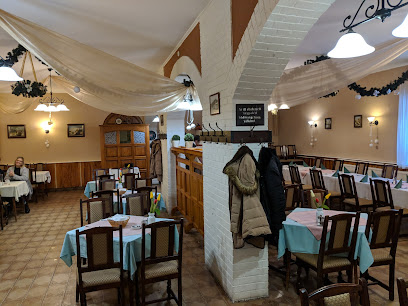
Feketerigó Étterem Vendégszobákkal
Experience authentic Hungarian cuisine at Feketerigó Étterem Vendégszobákkal in Gyöngyös – where comfort meets culinary delight.
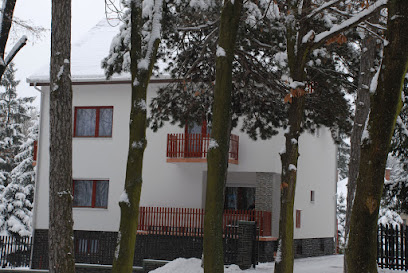
4 Évszak Palóc Bistorant
Experience authentic Hungarian cuisine at 4 Évszak Palóc Bistorant in Mátrafüred - where local flavors meet modern culinary artistry.
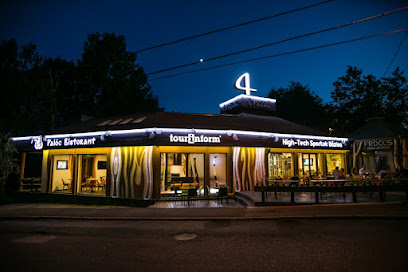
Parádi Kisvendéglő
Experience authentic Hungarian cuisine at Parádi Kisvendéglő in Parád – a culinary gem offering local flavors in a charming setting.
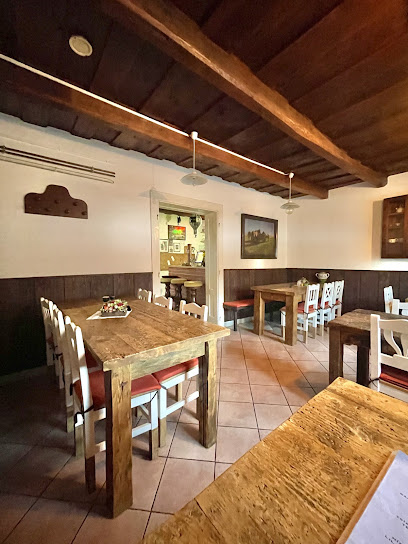
Galyatető Turistacentrum
Discover Galyatető Turistacentrum: A delightful dining experience nestled in Hungary's stunning Mátra mountains, perfect for adventurers and food lovers alike.
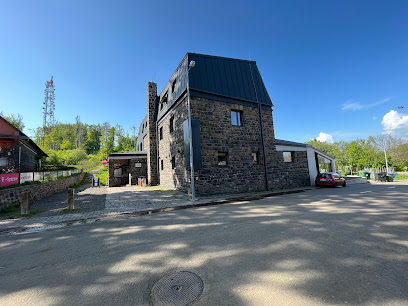
No.1 Étterem és Vendégház
Experience authentic Hungarian cuisine at No.1 Étterem és Vendégház in Parád - where tradition meets comfort in every dish.

Vöröskő étterem, kisvendéglő
Experience authentic Hungarian cuisine in the heart of Mátraszentimre at Vöröskő Étterem – where every dish tells a story.
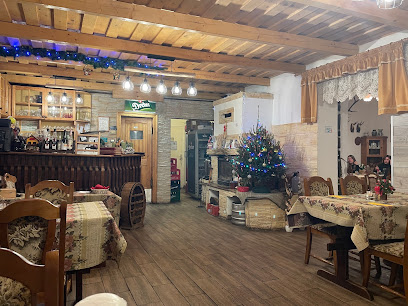
BoriMami
Discover BoriMami in Gyöngyös – where traditional Hungarian flavors meet modern brunch delights in an inviting setting.
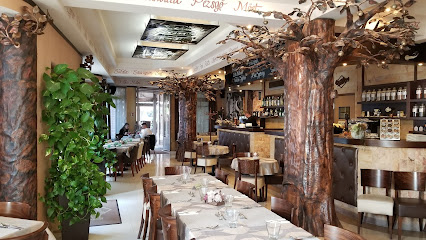
Steakpalota
Savor exquisite steaks in Gyöngyös at Steakpalota – where quality meets flavor in every bite.
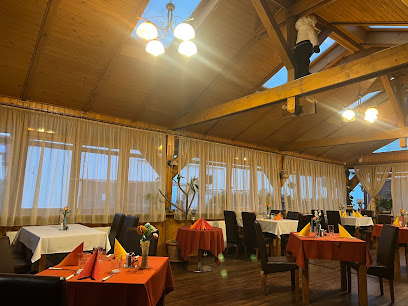
Malomudvar Étterem
Discover the essence of Hungarian cuisine at Malomudvar Étterem in Gyöngyös - a culinary gem with authentic flavors and warm hospitality.
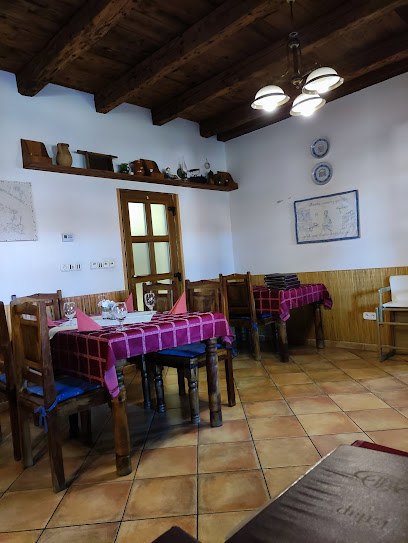
Kóborló vendéglő, vendégház
Experience authentic Hungarian cuisine amidst breathtaking nature at Kóborló Vendéglő in Mátrafüred.
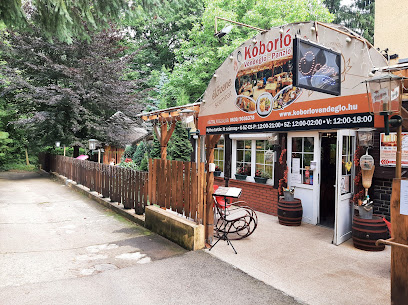
Hegyipatak Panzió és Étterem
Experience authentic Hungarian flavors at Hegyipatak Panzió és Étterem in Parádsasvár - a hidden gem surrounded by nature's beauty.
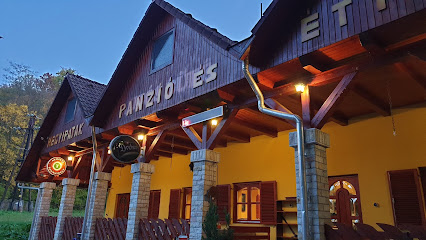
Hunor Étterem
Discover authentic Hungarian cuisine at Hunor Étterem in Sirok, where every meal tells a story through rich flavors and warm hospitality.
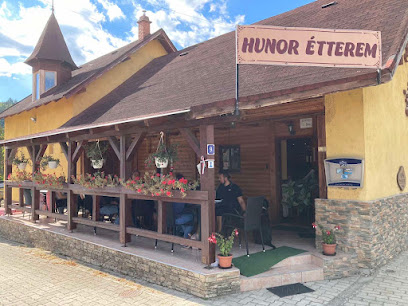
Hegyi kisvendéglő
Experience authentic Hungarian cuisine at Hegyi Kisvendéglő in Mátraszentimre - where every meal is a celebration of local flavors and stunning landscapes.
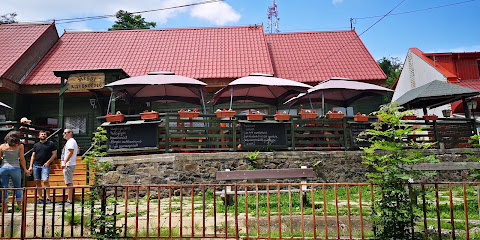
Tölgy Büfé
Discover authentic Hungarian flavors at Tölgy Büfé in Gyöngyös – a delightful dining experience surrounded by nature's beauty.
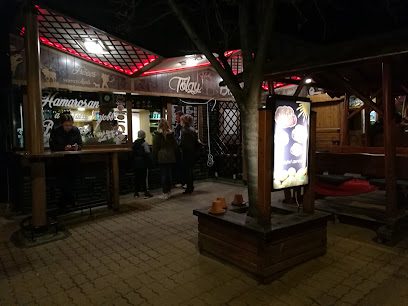
Markets, malls and hidden boutiques
Agria Park Shopping Center
Discover the perfect blend of shopping, dining, and leisure at Agria Park Shopping Center in Eger, Hungary.
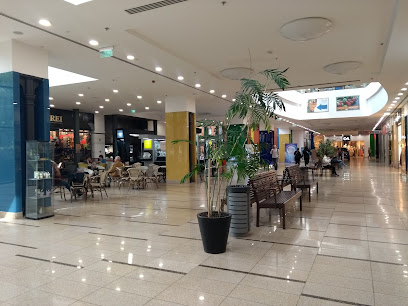
Mátrai Landscape Protection Area
Discover the breathtaking beauty of Mátrai Landscape Protection Area, a national park offering stunning views, diverse wildlife, and outdoor adventures in Hungary.
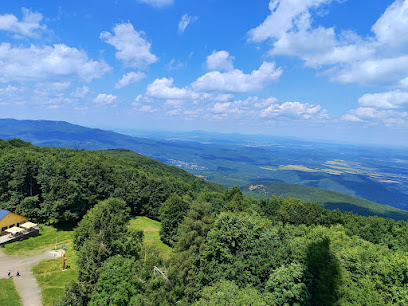
LIFESTYLE HOTEL Superior MÁTRA
Discover the ultimate retreat at Lifestyle Hotel Superior Mátra, where luxury meets nature in the heart of Hungary's stunning Mátra mountains.

Mátra Ásványház
Discover the stunning mineral collection at Mátra Ásványház, a unique gift shop and museum in the heart of Mátraszentimre.
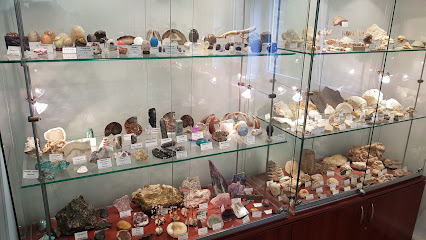
Coop szuper
Explore local flavors at Coop Super, the go-to grocery store in Parád for fresh produce, Hungarian delicacies, and more.
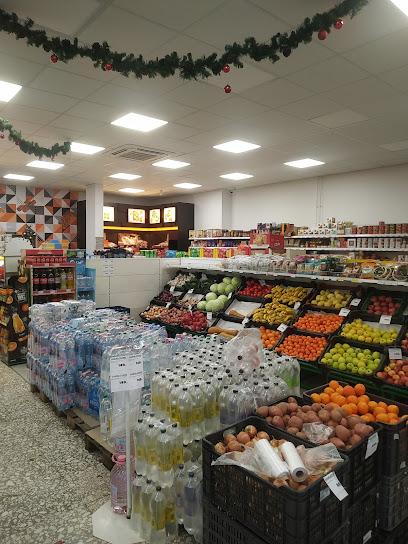
Printa Design Shop
Explore the creative heart of Budapest at Printa Design Shop, where handcrafted treasures and unique gifts await every traveler.
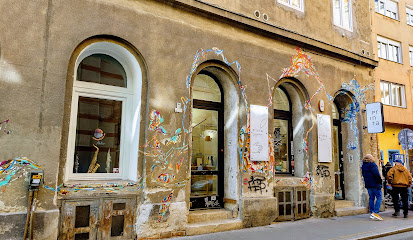
Delfin Ajándékbolt
Explore the heart of Gyöngyös at Delfin Ajándékbolt, a charming gift shop offering unique Hungarian souvenirs and local artisan crafts.

Montem Guest House
Discover the serene beauty of Mátraszentimre at Montem Guest House, your perfect retreat in Hungary's stunning Mátra mountains.
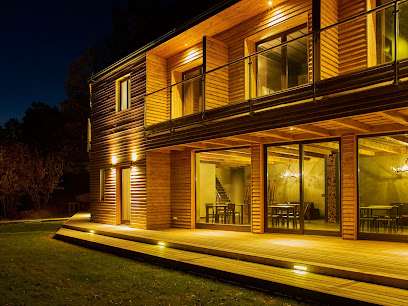
Mátra
Explore the breathtaking beauty of the Mátra Mountain Range, a natural paradise for adventurers and nature lovers in Hungary.
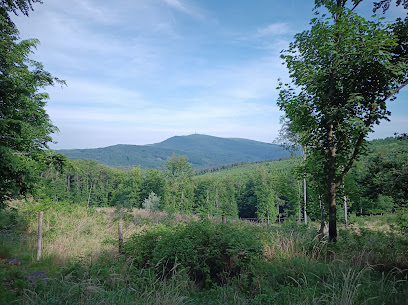
Mátrafüredi Korzó
Indulge in delicious frozen yogurt at Mátrafüredi Korzó, a delightful stop for sweet treats in the beautiful Mátrafüred area.
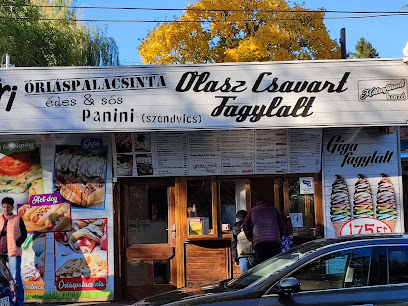
Hevesajándék - Póló, bögre, ajándék nyomtatás - Egyedi és vicces ajándékok
Explore Hevesajándék in Gyöngyös for personalized gifts, custom t-shirts, and a variety of unique souvenirs to cherish your travel memories.

Vegyes élelmiszer bolt
Explore authentic Hungarian flavors at Vegyes Élelmiszer Bolt, a charming grocery store in Mátraszentimre offering local products and fresh produce.
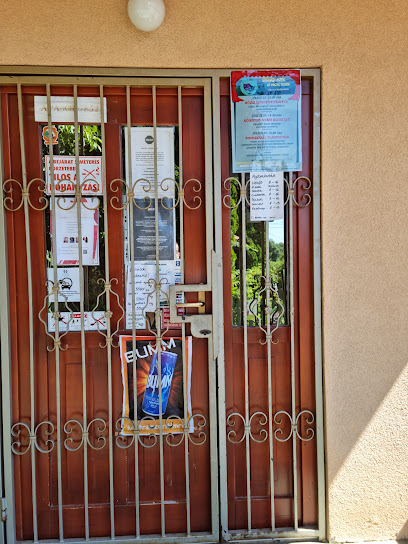
Mátra Boutique
Discover the tranquil charm of Mátra Boutique in Hungary's stunning Mátra mountains, where comfort meets nature for an unforgettable getaway.
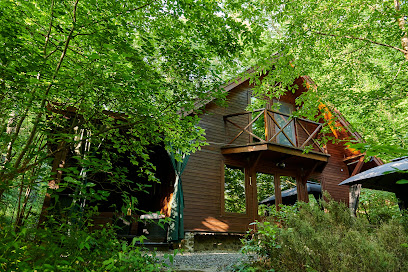
Mini Abc
Explore local flavors and essentials at Mini Abc, the go-to grocery store in Parádsasvár for all your travel needs.
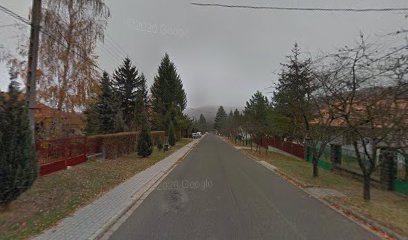
Szimpla Design Shop
Explore Szimpla Design Shop: Budapest's treasure trove of unique gifts and local artistry, perfect for memorable souvenirs and cultural keepsakes.
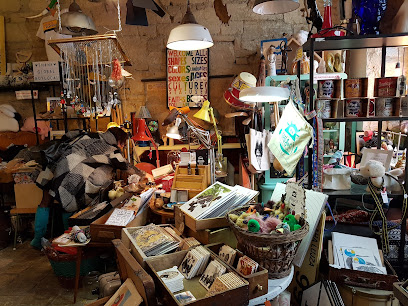
Essential bars & hidden hideouts
Szimpla Kert
Experience the vibrant nightlife of Budapest at Szimpla Kert, a unique ruin pub blending culture, community, and creativity.
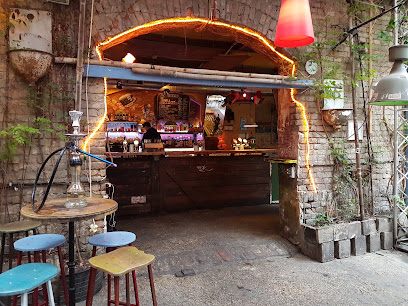
Ruin Bars Budapest
Experience the unique charm of Budapest's Ruin Bars, where history meets modern nightlife in a vibrant, eclectic setting.
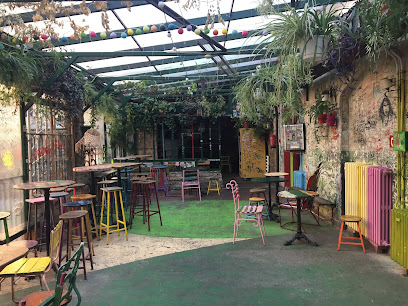
Csendes Létterem - Vintage Bar & Café
Discover Csendes Létterem, Budapest's vintage bar and café, a unique blend of charm, delicious drinks, and lively nightlife in the city's heart.
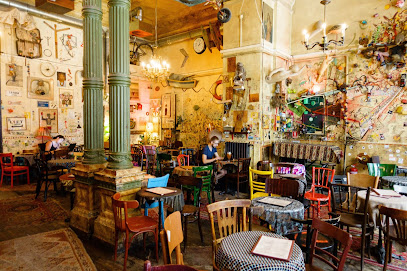
Benevár Étterem
Discover the essence of Hungarian cuisine at Benevár Étterem, where tradition meets flavor in a picturesque setting.

High Note SkyBar
Experience Budapest from above at High Note SkyBar, where breathtaking views and exquisite cocktails create unforgettable memories.
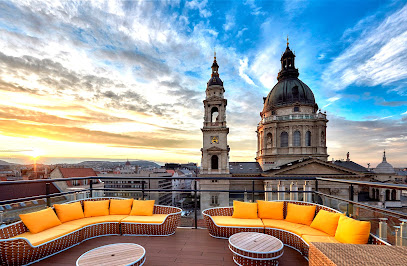
GoodSpirit Whisky & Cocktail Bar
Explore the finest whiskies and cocktails at GoodSpirit Whisky & Cocktail Bar in Budapest's vibrant District V, where flavor meets atmosphere.
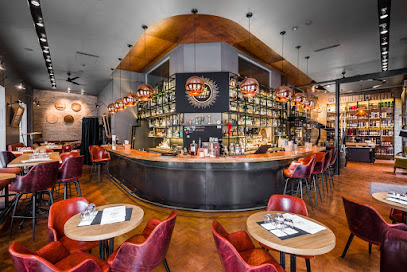
Warm Up Cocktail bar
Discover the magic of mixology at Warm Up Cocktail Bar in Budapest, where unique cocktails and a vibrant ambiance await.

4 Évszak Palóc Bistorant
Experience authentic Hungarian cuisine at 4 Évszak Palóc Bistorant in Gyöngyös, where traditional flavors meet warm hospitality.
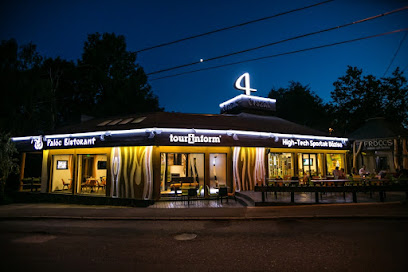
Muuby's Room And Blues Club
Experience the best burgers and live blues music at Muuby's Room And Blues Club in Gyöngyös, a vibrant hub for food and entertainment.
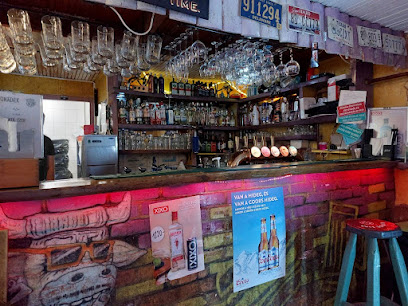
Hegyi kisvendéglő
Discover the flavors of Hungary at Hegyi Kisvendéglő, a cozy restaurant in Mátraszentimre, perfect for food lovers seeking authentic local cuisine.
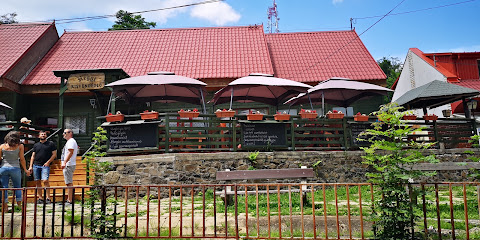
Bar pharma
Experience Budapest's vibrant nightlife at Bar Pharma, where innovative cocktails and a cozy atmosphere await you in District VII.
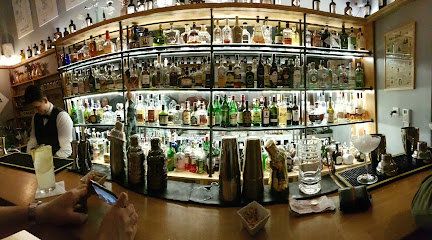
Kolorbár Kulturális Mulató
Discover the lively Kolorbár Kulturális Mulató in Gyöngyös, a cultural bar offering delicious drinks, live music, and an authentic local atmosphere.
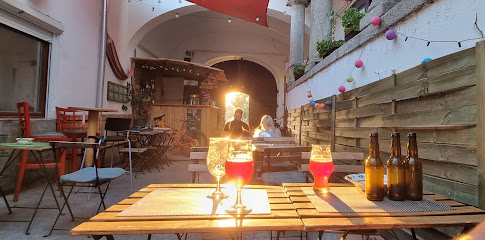
Papagáj Presszó
Discover the essence of local flavor at Papagáj Presszó, a cozy bar and café in stunning Mátraszentimre, Hungary, perfect for every palate.
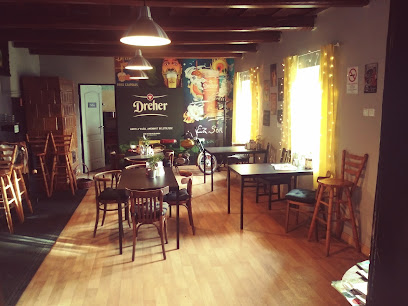
Fakocsma
Experience the charm of Hungarian culture at Fakocsma, a cozy pub in Gyöngyös with local drinks and a welcoming atmosphere.
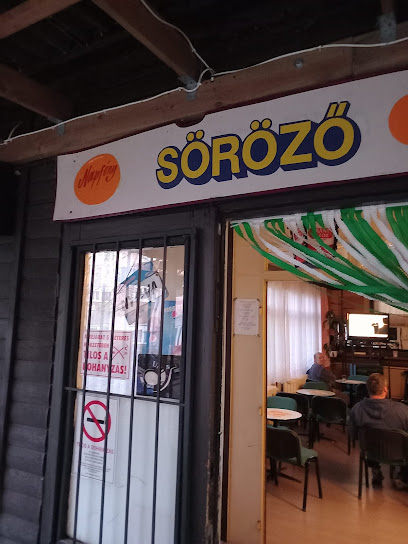
Regélő Borház - Csárda
Discover the authentic taste of Hungary at Regélő Borház - Csárda, a cozy wine bar in Gyöngyös offering local wines and traditional cuisine.
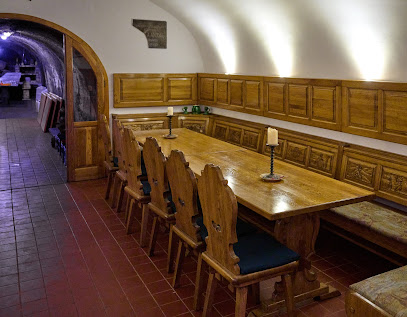
Local Phrases about Matra Mountains
-
- HelloSzia
[see-ah] - GoodbyeViszontlátásra
[vee-sont-la-tash-ra] - YesIgen
[ee-gen] - NoNem
[nem] - Please/You're welcomeKérem
[kay-rem] - Thank youKöszönöm
[kur-suh-nurm] - Excuse me/SorryElnézést
[el-nay-zay-st] - How are you?Hogy vagy?
[hoj vahdj] - Fine. And you?Jól vagyok. És te?
[yol vahdj-ok. aysh te] - Do you speak English?Beszélsz angolul?
[be-saylz ahn-goh-lool] - I don't understandNem értem
[nem air-tem]
- HelloSzia
-
- I'd like to see the menu, pleaseSzeretnék látni a menüt, kérem
[seh-reht-nayk laht-nee ah meh-noot, kay-rem] - I don't eat meatNem eszem húst
[nem es-em hoost] - Cheers!Egészségedre!
[eg-esh-shay-geh-dreh] - I would like to pay, pleaseSzeretnék fizetni, kérem
[seh-reht-nayk fee-zet-nee, kay-rem]
- I'd like to see the menu, pleaseSzeretnék látni a menüt, kérem
-
- Help!Segítség!
[she-geet-shayg] - Go away!Menj el!
[men-y el] - Call the Police!Hívj rendőrt!
[hee-vey ren-durrt] - Call a doctor!Hívj orvost!
[hee-vey or-vosht] - I'm lostElvesztem
[el-ve-shtem] - I'm illBeteg vagyok
[beh-teg vahdj-ok]
- Help!Segítség!
-
- I'd like to buy...Szeretnék vásárolni...
[seh-reht-nayk vah-shah-rohl-nee] - I'm just lookingCsak nézelődöm
[chahk nay-zeh-loh-dohm] - How much is it?Mennyibe kerül?
[mehn-nyee-beh keh-rool] - That's too expensiveEz túl drága
[ez tool draa-gah] - Can you lower the price?Le tudnád engedni az árat?
[leh too-dnaad eng-ehd-nee ahz ah-raht]
- I'd like to buy...Szeretnék vásárolni...
-
- What time is it?Mennyi az idő?
[mehn-yee ahz ee-d-uh] - It's one o'clockEgy óra van
[ejj oh-rah vahn] - Half past (10)Fél tizenegy
[fayl tee-zen-ayj] - MorningReggel
[reh-gehll] - AfternoonDélután
[dey-loo-tahn] - EveningEste
[eh-shteh] - YesterdayTegnap
[teg-nahp] - TodayMa
[mah] - TomorrowHolnap
[hol-nahp] - 1Egy
[ejj] - 2Kettő
[ket-toe] - 3Három
[haa-rom] - 4Négy
[naydj] - 5Öt
[oht] - 6Hat
[haht] - 7Hét
[hayt] - 8Nyolc
[nyolts] - 9Kilenc
[kee-lents] - 10Tíz
[teeez]
- What time is it?Mennyi az idő?
-
- Where's a/the...?Hol van a...
[hol vahn ah] - What's the address?Mi a cím?
[mee ah cheem] - Can you show me (on the map)?Meg tudnád mutatni (a térképen)?
[mehg too-dnaad moo-taht-nee ah tayr-kay-pen] - When's the next (bus)?Mikor jön a következő (busz)?
[mee-kor yern ah keh-vet-keh-zoh boos] - A ticket (to ....)Egy jegyet (....-ra)
[ejj yej-yet rah]
- Where's a/the...?Hol van a...
History of Matra Mountains
-
The Mátra Mountains have been inhabited since prehistoric times. Archaeological findings suggest that early human settlements existed in the area as far back as the Neolithic period. Tools and artifacts from these early communities have been unearthed, indicating a rich history of human activity and adaptation to the mountainous terrain.
-
During the Roman era, the Mátra Mountains were part of the province of Pannonia. The Romans established several outposts and fortifications in the region to protect their empire's borders. Ruins of these ancient structures can still be found, offering a glimpse into the strategic importance of the Mátra during Roman times.
-
The Middle Ages saw the construction of numerous castles and fortresses in the Mátra Mountains. Notable examples include the castles of Sirok and Kisnána. These medieval strongholds served as both defensive structures and noble residences, playing significant roles in the region's feudal history.
-
The Mátra Mountains were heavily contested during the Ottoman occupation of Hungary in the 16th and 17th centuries. The region witnessed numerous battles and skirmishes between the Ottoman forces and the Hungarian defenders. This period left a lasting impact on the local culture and architecture, with many fortifications being either destroyed or repurposed.
-
The Mátra Mountains have a long history of mining, particularly for precious metals and lignite. The mining activities, which date back to the medieval period, significantly contributed to the economic development of the region. Today, visitors can explore abandoned mines and learn about the mining heritage that shaped the Mátra’s industrial past.
-
The Mátra Mountains played a role in Hungary's revolutionary movements, particularly during the 1848-49 Hungarian Revolution against Habsburg rule. The rugged terrain provided refuge for insurgents and served as a strategic location for organizing resistance. The legacy of these revolutionary activities is commemorated in various monuments and memorials scattered throughout the region.
-
The Mátra region is rich in cultural traditions and hosts numerous festivals throughout the year. One of the most notable is the Mátraalja Festival, which celebrates the local folklore, music, and gastronomy. These festivals provide an immersive experience into the cultural fabric of the Mátra, showcasing its unique heritage and community spirit.
-
In recent decades, significant efforts have been made to preserve the natural beauty and biodiversity of the Mátra Mountains. The establishment of protected areas and national parks has helped conserve the region's flora and fauna. These conservation initiatives ensure that the Mátra remains a pristine and sustainable destination for future generations.
Matra Mountains Essentials
-
The Matra Mountains are located in northern Hungary, approximately 100 kilometers northeast of Budapest. The nearest major city is Gyöngyös, which serves as the gateway to the Matra region. You can reach Gyöngyös by train or bus from Budapest. The train journey takes about 1.5 to 2 hours, while buses are slightly faster. From Gyöngyös, local buses and taxis are available to take you into the mountains and to various attractions within the region.
-
Public transportation within the Matra Mountains includes local buses that connect key towns and tourist spots. However, the most convenient way to explore the area is by car. Car rentals are available in Gyöngyös and Budapest. For those preferring an eco-friendly option, cycling is popular, and there are numerous well-marked biking trails. Additionally, taxis and guided tours offer flexibility and ease for visitors.
-
The official currency in Hungary is the Hungarian Forint (HUF). Credit and debit cards are widely accepted in major hotels, restaurants, and shops. However, smaller establishments, particularly in rural areas, may only accept cash. ATMs are available in Gyöngyös and other larger towns in the Matra region. It is advisable to carry some cash for small purchases and in case of emergencies.
-
The Matra Mountains are generally a safe destination for tourists. Crime rates are low, but it is always wise to exercise common precautions. Avoid leaving valuables unattended and be cautious in crowded areas. There are no specific neighborhoods with high crime rates targeting tourists, but it is always good to stay vigilant, especially during peak tourist seasons.
-
In case of emergency, dial 112 for immediate assistance. This number connects you to police, fire, and medical services. The nearest hospitals are in Gyöngyös, where you can receive medical care. Pharmacies are available in major towns, and many pharmacists speak English. It is recommended to have travel insurance that covers medical emergencies.
-
Fashion: Do wear comfortable, weather-appropriate clothing, especially for hiking and outdoor activities. Avoid overly casual attire in fine dining restaurants. Religion: Do respect local customs. When visiting churches or religious sites, dress modestly and behave respectfully. Public Transport: Do validate your ticket before boarding a train or bus. Don't eat or drink on public transport. Greetings: Do greet people with a handshake or a polite nod. It is customary to say 'Jó napot' (Good day). Eating & Drinking: Do try local dishes and wines; the region is known for its gastronomy. Don't refuse hospitality, as it may be considered rude.
-
To experience the Matra Mountains like a local, visit the local markets and try traditional Hungarian foods such as goulash, chimney cake, and local cheeses. Participate in local festivals and events to immerse yourself in the culture. Engage with the locals; they are often friendly and willing to share the history and stories of the region. Don't miss the chance to visit the historic town of Eger nearby, known for its castle and wine cellars.
Trending Landmarks in Matra Mountains
Nearby Cities to Matra Mountains
-
Things To Do in Eger
-
Things To Do in Vac
-
Things To Do in Miskolc
-
Things To Do in Budapest
-
Things To Do in Kecskemet
-
Things To Do in Banská Bystrica
-
Things To Do in Tatabanya
-
Things To Do in Debrecen
-
Things To Do in Poprad
-
Things To Do in Nyiregyhaza
-
Things To Do in Košice
-
Things To Do in Szekesfehervar
-
Things To Do in Martin
-
Things To Do in Prešov
-
Things To Do in Zakopane

